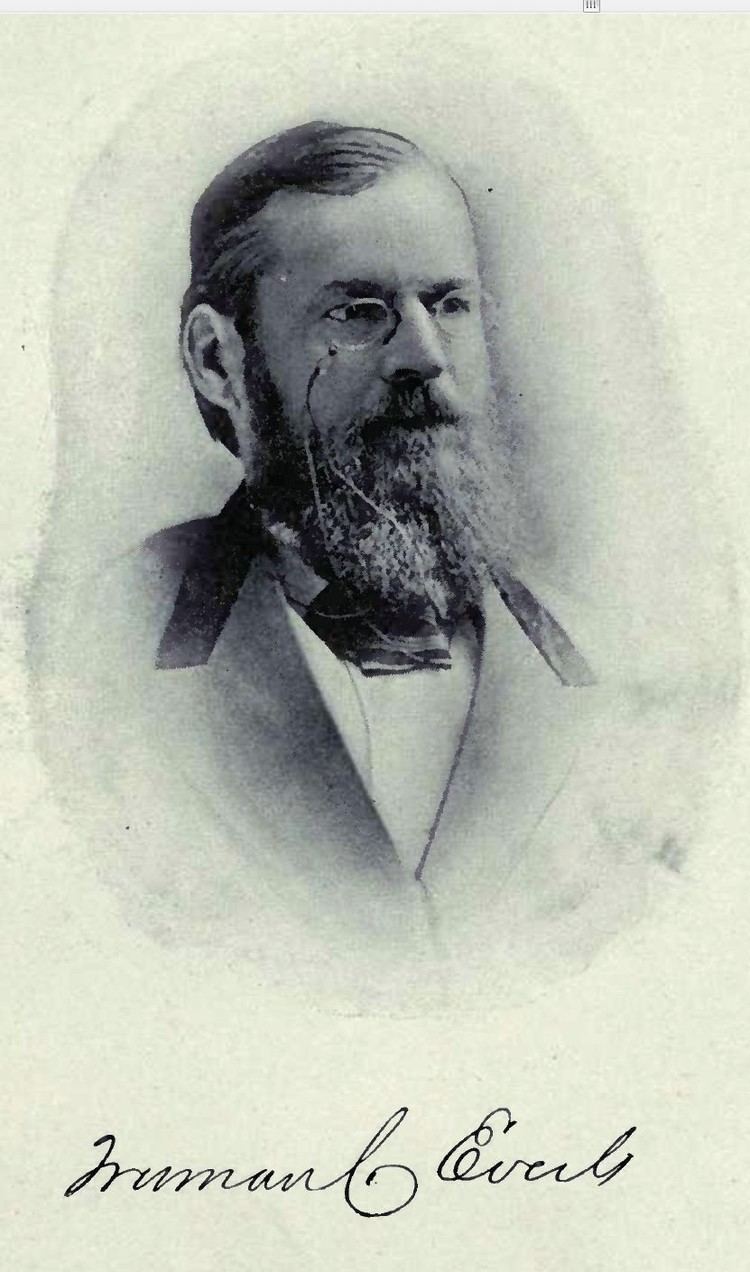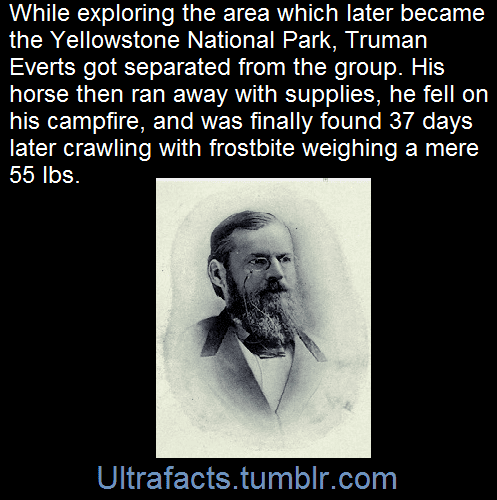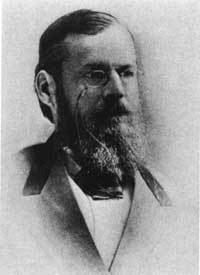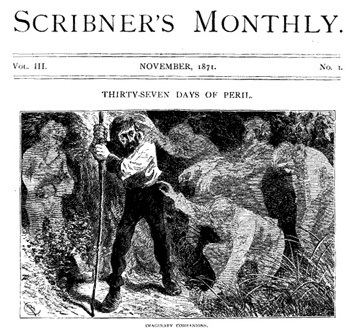Name Truman Everts | ||
 | ||
Known for Washburn-Langford-Doane Expedition Books Lost in the Yellowstone: Thirty-seven Days of Peril and a Handwritten Account of Being Lost | ||
Truman C. Everts (1816 – February 16, 1901) was part of the 1870 Washburn-Langford-Doane Expedition exploring the area which later became Yellowstone National Park. He became lost for 37 days during the 1870 expedition and a year later became more widely known after writing about his 1870 experiences for Scribner’s Monthly.
Contents

History

Everts was one of six brothers born in Burlington, Vermont to a Great Lakes ship captain. President Abraham Lincoln appointed Everts to be the Assessor of Internal Revenue for the Montana Territory, a position he held between July 15, 1864 and February 16, 1870.
"Thirty-Seven Days of Peril"

After wandering away from the rest of the expedition on September 9, 1870, Everts managed to lose the pack horse which was carrying most of his supplies. He ate a songbird and minnows raw, and a local thistle plant to stay alive; the plant (Cirsium foliosum or elk thistle) was later renamed "Evert's Thistle" after him.

Everts' party searched for him for a while, and his friends in Helena offered a reward of $600 to find him. "Yellowstone Jack" Baronett and George A. Pritchett found Everts, suffering from frostbite, burn wounds from thermal vents and his campfire, and other wounds suffered during his ordeal, so malnourished he weighed only 50 pounds (23 kg). One stayed with him to nurse him back to health while the other walked 75 miles (121 km) for help; in spite of their assistance, Everts denied the men the payment of the reward, claiming he could have made it out of the mountains on his own.
The next year, his account of the experience—"Thirty-Seven Days of Peril"— was published in Scribner’s Monthly. The article helped raise awareness of the Yellowstone area before it became a national park.
Henry D. Washburn, leader of the expedition, named a peak near Mammoth Hot Springs "Mount Everts" shortly after the rescue of Everts. During the expedition, Washburn named a peak in the Thorofare region south of Yellowstone Lake for Everts but later changed it to the current peak, believing it was very near the location of Everts' rescue. In fact Everts was actually rescued much farther north near Blacktail Deer Creek.
Later years
After the two expeditions and the fame from his article, Everts was offered a superintendent position with the newly formed Yellowstone Park, but he declined since it did not include a salary. He later moved to Hyattsville, Maryland and worked in the U.S. Post Office. He died there in 1901, in his home, of pneumonia.
